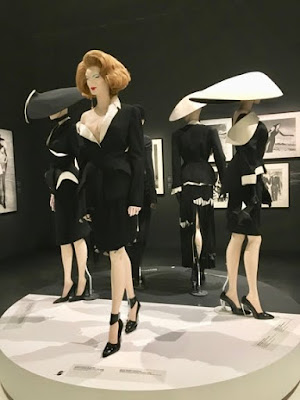Here's the official promotion for the show:
NEWS FLASH! I was delighted to win an Honourable Mention at the AHA Spring Show. The prize was awarded to Black and White series #2, shown in the photo, lower row, first from left. This series showed nicely, with a white matte and a frame in black metal.
"The Hudson Artists Association (AHA) invites you to its Spring Exhibition on May 3-4-5.
"For close to 70 years, the Hudson Artists Association has been a major cultural influence in the Vaudreuil-Soulanges region. With almost 80 members, including several artists who have participated in international exhibitions, the AHA stands out for the quality of art works presented.
"A painting by artist Carole Lessard will be offered to the lucky raffle winner and all ticket proceeds will be donated to the Palliative Care Home in Vaudreuil-Soulanges."
NEWS FLASH! I was delighted to win an Honourable Mention at the AHA Spring Show. The prize was awarded to Black and White series #2, shown in the photo, lower row, first from left. This series showed nicely, with a white matte and a frame in black metal.
 |
| Black-and-white series #2 |



















